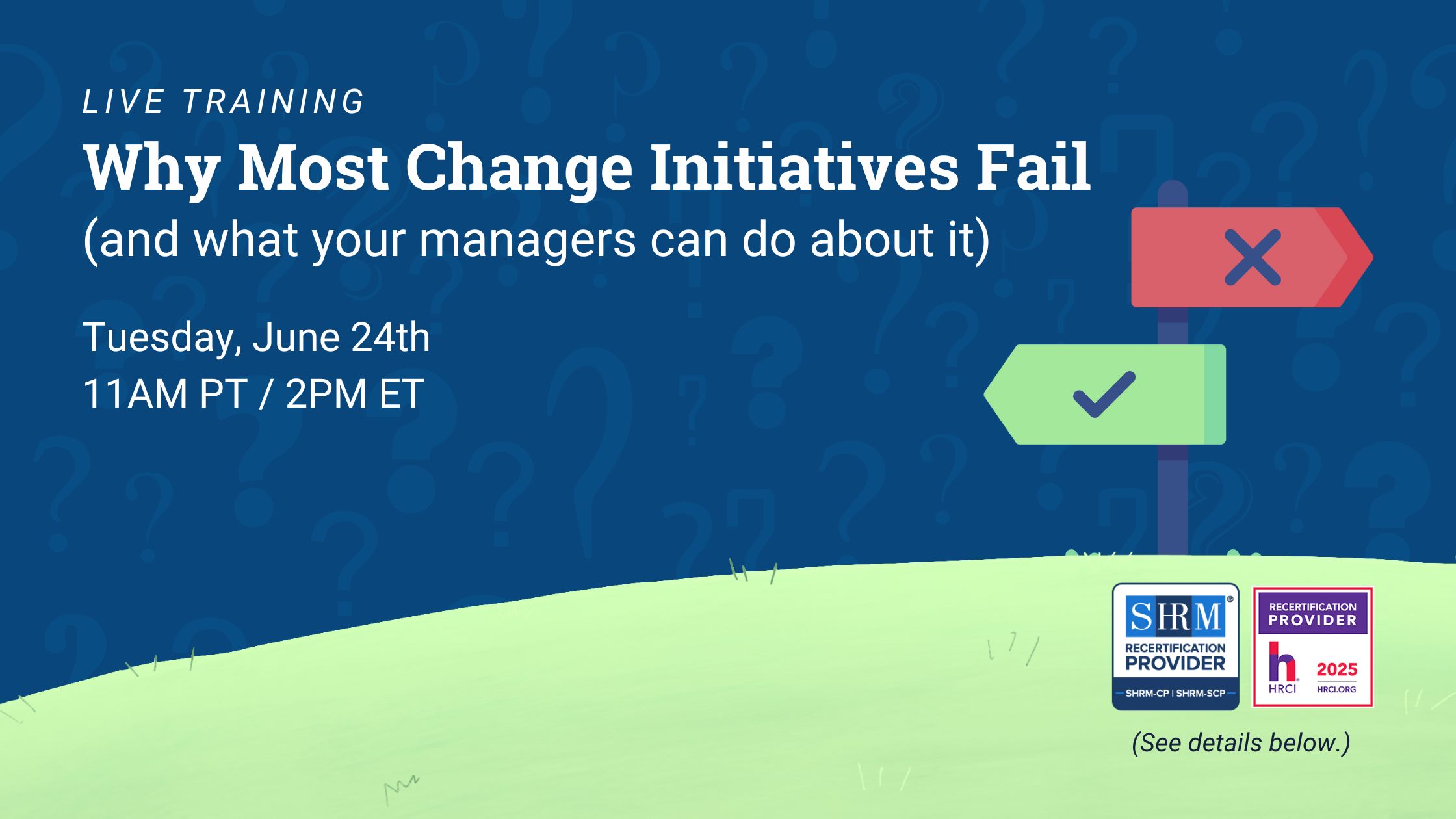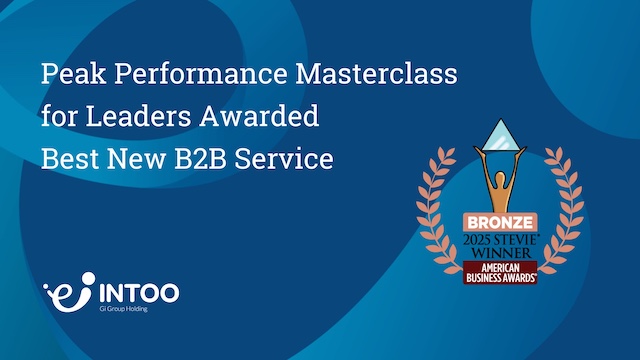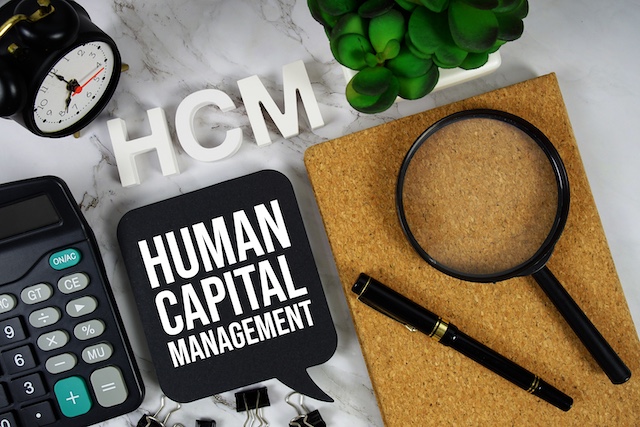With the economic changes unleashed by the coronavirus crisis, many organizations are facing major changes in their workforce, workplace, and business procedures. Some companies have even had to declare or consider filing for bankruptcy.
Bankruptcy might sound dire, but having to file for bankruptcy doesn’t necessarily mean your business has failed. Many companies, large and small, have filed for and recovered from bankruptcy. But the outcome of a bankruptcy case partially depends on the type of bankruptcy filed. Bankruptcy can be anything from liquidation to a reset button for businesses facing challenging times.
What’s Chapter 11 bankruptcy vs. Chapter 7?
Chapter 7 and Chapter 11 are two of the more common types of bankruptcies businesses chose to file. What’s Chapter 7 bankruptcy and what’s Chapter 11 bankruptcy? And what’s the difference?
Filing for Chapter 7 essentially shutters the company—operations are not continued and all assets are liquidated and divided among creditors. Chapter 7 is intended for businesses that are too far in debt to have any chance of financial stability in the future.
Chapter 11, on the other hand, allows the company to restructure and hopefully move on and be a profitable business.
What’s Chapter 11 bankruptcy?
So what’s chapter 11 bankruptcy? A business that files for Chapter 11 can continue to operate while its debt payments are being suspended or restructured, allowing the company to get back on its feet. (Specifically, this type of filing suspends collections, foreclosures, judgments and repossessions of property against the company. More on this later.)
Chapter 11 can be filed voluntarily or involuntarily. Creditors can force it on the company (if three or more file a petition with the bankruptcy court).
Why would a company file for Chapter 11?
What’s Chapter 11 bankruptcy and why would a company file Chapter 11? Chapter 11 is a good option for businesses that still have regular income and assets. It’s used to reorganize debt—and hopefully give the company a fresh start.
Filing comes with some benefits for struggling companies. It’s possible the company could defer certain payments (such as rent), lower interest rates on some loans, and extend payment plans. However, the biggest advantage is that the company can continue to operate.
What’s Chapter 11 bankruptcy’s requirement in terms of reorganization?
Typically, once Chapter 11 has been filed, the business (or debtor) has 4 months to submit their reorganization plan. In some cases, the timeline can be extended to up to 18 months. If the company doesn’t submit a plan in the agreed-upon timeline, the creditors can propose a plan.
Once a plan has been submitted, the creditors must vote on the plan for it to be approved by the bankruptcy court. It is possible for creditors to reject a company’s plan (although they usually don’t, given the alternative is a Chapter 7 filing).
If creditors do reject the plan, the debtor can request a “cram down,” which essentially forces creditors to accept it.
Going forward, the plan serves as a contract between the company and the creditors. It spells out how the company will pay for expenses and operate. Usually, that plan involves downsizing.
Along with the plan, the business must submit a disclosure statement containing specifics about the company’s assets, liabilities, and business affairs.
Trustees
Unlike other types of bankruptcies, there is no initial appointment of a trustee in a Chapter 11 filing. It leaves the debtor in possession. Thus, there’s no requirement for debtors to hand their disposable income to a trustee. In fact, the appointment of a trustee for a Chapter 11 filing is more the exception than the rule—most often for cases that involve fraud, for example.
If for some reason the company doesn’t meet any of the agreed-upon obligations, the court can assign a trustee. In certain instances, a trustee will be appointed because the case is converted to a Chapter 7.
Note: This is a little different than the role of a U.S. Trustee. The U.S. Trustee’s responsibilities include tasks such as monitoring cases for bankruptcy fraud, appointing trustees to cases and arranging creditor meetings. They’re there to provide oversight.
Creditors’ Committees
For Chapter 11 filings, the U.S. Trustee may also appoint an official committee of unsecured creditors, or Creditors’ Committee. The committee is in place to represent the best interests of all the unsecured creditors—not any individual or individual creditor. The committee is there as a safeguard.
Typical creditors’ committees are made up of three to seven members that hold the largest unsecured claims, and they work directly with the filing company’s legal counsel. What does the committee do?
A creditor’s committee can investigate the debtor’s management or transfer of assets, they help draft the disclosure statement and reorganization plan (mentioned earlier), and they help appoint a trustee should that become necessary.
Creditor’s committees can hire attorneys, accountants or other professionals to work on their behalf (as approved by the U.S. Trustee).
Small Business Debtor
If the filing company is a small business (sole proprietor, corporation or partnership), there won’t be a creditor’s committee. Instead, that oversight becomes the responsibility of the U.S. Trustee.
After filing, the debtor will attend an interview with the U.S. Trustee. They’ll evaluate the business plan and review the debtor’s obligations (such as filing regular financial reports).
What qualifies as a small business debtor?
- The debtor must be engaged in commercial or business activities (other than primarily owning or operating real property).
- The total non-contingent liquidated secured and unsecured debts of $2,566,050.
Along with a lack of a creditors’ committee, cases for small business debtors have a few other provisions: the debtor has only 300 days to propose a Chapter 11 plan, no disclosure statement is required, and there are additional filing responsibilities.
Single Asset Real Estate Debtor
What’s Chapter 11 bankruptcy’s meaning for real estate owners? Real estate owners and developers face restrictions when it comes to filing Chapter 11. To be considered single asset real estate, the money received by the owner must be passive. This means that owners can’t be actively conducting business other than activities such as maintaining the property and collecting rent.
There are also differences when it comes to the automatic stay.
The Automatic Stay
As soon as the bankruptcy petition is filed, the automatic stay goes into effect. This is the period of time when all collections, judgments and repossessions are suspended. Creditors are not allowed to attempt to collect any debt incurred before the filing.
While it provides some immediate relief, the automatic stay doesn’t erase debt. And it doesn’t cover lawsuits, etc. that are initiated after filing.
An automatic stay can be lifted for various reasons including “for cause,” if the value of the collateral property does not exceed the amount of money owed on it, or if the stay is not necessary for reorganization.
The rules and timeframe of the automatic stay vary depending on the case.
Converting to Chapter 7 Case
The court does have the right to convert a Chapter 11 bankruptcy case to a Chapter 7. Usually what happens is the company is not bringing in the expected income. If money continues to be lost, the court will step in.
Another reason for conversion is gross mismanagement or fraud. The court can also decide to convert the case if there’s an unexcused reporting or filing failure, failure to attend meetings or failure to pay post-petition taxes in a timely manner, among other reasons.
Are Chapter 11 bankruptcies successful?
Only a minority of Chapter 11 bankruptcy cases result in a successful reorganization of the company. Most cases are either converted to Chapter 7 cases or dismissed. Chapter 11 cases can be long and expensive, so it’s not something to take lightly. But, if the company has been relatively stable and is simply dealing with rough times, a Chapter 11 is worth considering.
If your company is in the process of filing for Chapter 11, you might be expecting a workforce reduction. Having to let good employees go isn’t pleasant, but you can help make their transition a little easier (and protect your brand’s image) by providing outplacement. With Intoo’s outplacement services, you can provide career counseling, resume assistance, and coaching to your departing staff. If you’d like to learn more about how Intoo can help, please schedule a demo.











